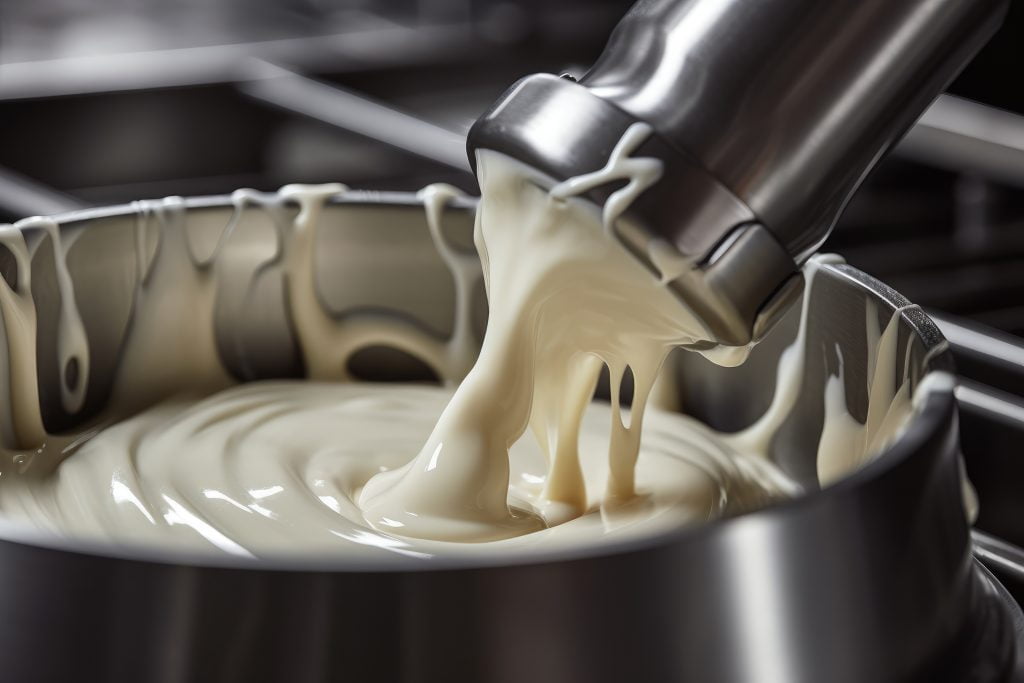Ultrasonic Technology in Food Manufacturing
Ultrasonic transducers play an important role in food manufacturing processes. They offer precise and efficient solutions to various challenges.
Home » Food
Emulsification and Homogenization
Ultrasonic transducers effectively mix immiscible ingredients, such as oil and water, to create stable emulsions for salad dressings, mayonnaise, and sauces. They ensure uniform consistency and prolonged shelf life.
Cleaning and Sanitization
The powerful vibrations generated by ultrasonic transducers help remove contaminants from surfaces and equipment. This ensures thorough cleaning and compliance with stringent hygiene standards in food production facilities.


Extraction of Bioactive Compounds
Ultrasonic waves facilitate the breakdown of cell structures in raw materials, enabling the extraction of valuable bioactive compounds like antioxidants and flavors, enhancing the nutritional and sensory qualities of food products.
Quality Assurance
By enabling precise control over processes such as mixing, cleaning, and extraction, ultrasonic transducers contribute to maintaining high standards of product quality, safety, and efficiency in food manufacturing.
The use of ultrasonic transducers enhances productivity, quality, and safety across the food production industry. Their use helps meet the evolving demands of consumers and regulatory requirements.

